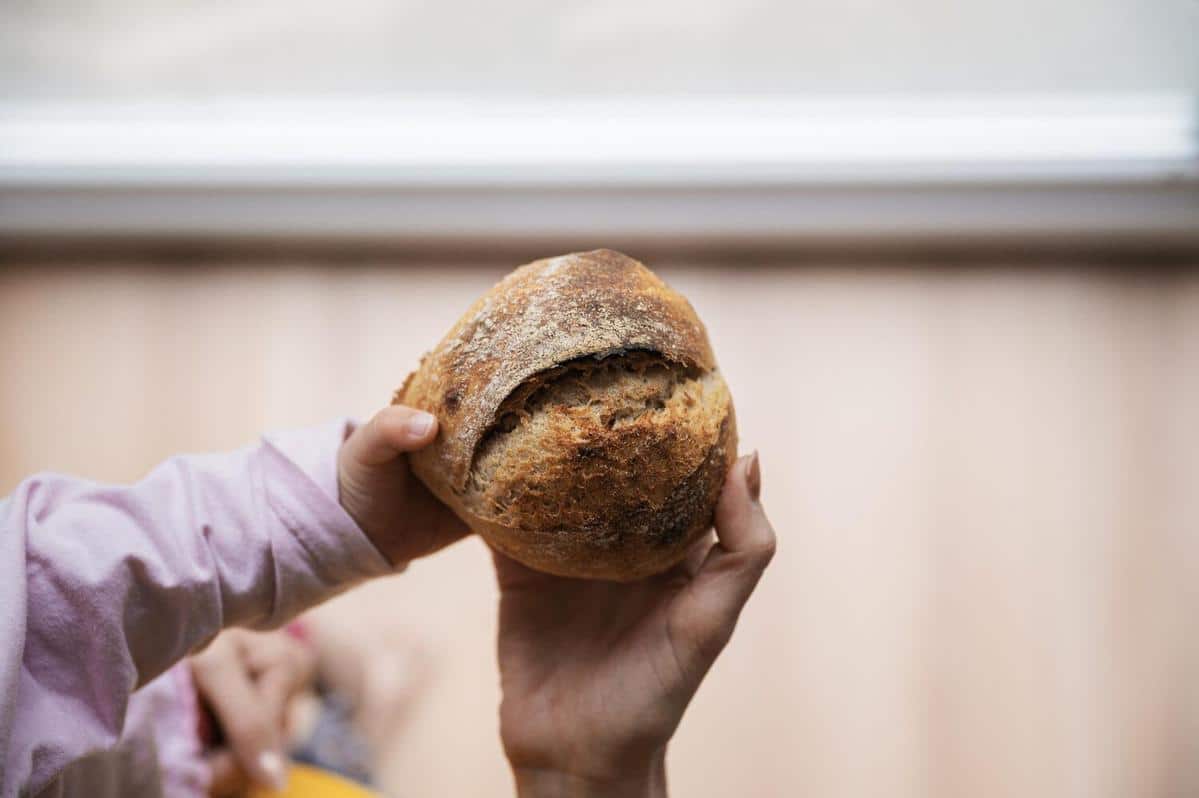
Artisanal Bread Baking: Mastering Sourdough at Home
The art of sourdough baking is a rewarding venture that combines tradition, patience, and a touch of science, allowing home bakers to create delicious, plant-based bread with a distinctive tangy flavor.
Understanding Sourdough: The Basics
Sourdough bread is unique because it uses a naturally occurring starter instead of commercial yeast. This starter is a symbiotic culture of yeast and lactobacilli, which ferments the dough, giving sourdough its characteristic taste and texture. According to renowned baker Chad Robertson, ‘the key to sourdough lies in nurturing the starter and embracing the slow fermentation process.’
The Science Behind Sourdough
Research indicates that sourdough’s fermentation process can enhance nutrient availability and lower the glycemic index of the bread, making it a healthier choice for many. A study by the Journal of Food Science found that sourdough fermentation increases the bioavailability of minerals like magnesium and zinc.
Starting Your Sourdough Journey
Creating a sourdough starter from scratch is both simple and satisfying. Here’s a basic guideline to get you started:
- Mix equal parts of whole grain flour and water in a clean glass jar.
- Stir the mixture daily, discarding half and replenishing with fresh flour and water.
- In about a week, your starter should be bubbly and ready to use.
Baking Your First Loaf
Once your starter is active, you’re ready to bake. Here’s a basic sourdough bread recipe:
| Ingredient | Quantity |
|---|---|
| Active Starter | 100g |
| Water | 300g |
| Flour | 500g |
| Salt | 10g |
- Combine the starter, water, and flour to form a dough. Let it rest for 30 minutes.
- Add salt and knead gently.
- Allow the dough to rise for 4-5 hours, stretching and folding every 30 minutes.
- Shape the dough and let it proof in a banneton for 2-3 hours.
- Bake in a preheated oven at 450°F (230°C) for 30-35 minutes.
Common Challenges and Solutions
Many beginners find sourdough baking challenging. Issues like dense loaves or overly tangy flavors can be improved by adjusting hydration levels or fermentation times. Remember, practice is key.
Frequently Asked Questions
How do I know if my starter is ready?
Your starter is ready when it doubles in size within 4 to 6 hours after feeding and has a pleasant, slightly tangy aroma.
Why is my sourdough bread dense?
Dense bread can result from insufficient kneading or proofing. Ensure your dough rises adequately before baking.
Conclusion
Mastering sourdough at home is an enriching endeavor that combines creativity and tradition. By understanding the science and art of sourdough, you can create nutritious, plant-based bread that delights both the palate and the senses. So, roll up your sleeves, tend to your starter, and embark on a flavorful adventure in sourdough baking.


